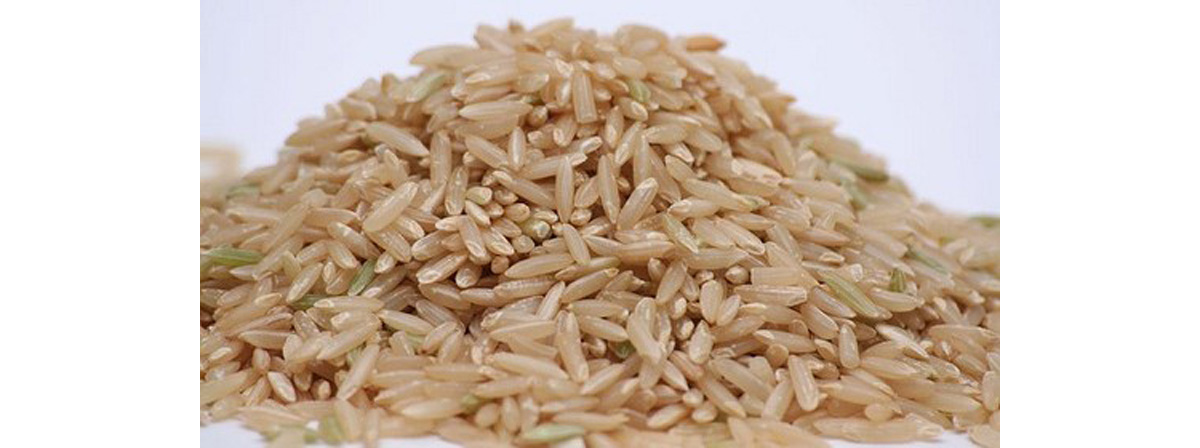Table of Contents
The key to success on paleo diets seems to be finding ways to increase the variety in your diet without eating too much of the wrong foods. Just to say it's OK to whatever you like once every other day probably isn't the best approach. I like jelly donuts. If I haven't eaten any in a year (and, actually, I haven't in a lot longer than a year), I have trouble restraining myself when a dozen are put in front of me. There has to be a better way to eat healthy without going to extremes. And here it is:

It's true that our ancestors didn't leave us genes for dealing with dairy, wheat, beans and peas, and sugar. But it's also true that paleo-prohibited foods can be prepared in ways that make them less toxic, and eating less makes eating safer. Here are some quick not-quite-paleo diet principles.
- It isn't the gluten in wheat that's the problem. Only about 10% of the world's population is really sensitive to it. It's the 58 genes that wheat may (or may not) activate that cause inflammation. Some people are more sensitive, some are less. But if you eat rye, especially sourdough rye, you can deactivate up to 71 genes that involved in the same process. Wheat can be tolerated in small amounts if alternated with rye, for most people.
- The casein protein in milk irritates the lining of the gut. It interferes with digestion. The lactose sugar in milk can feed bacteria that cause gas if, like over 75% of the world's population, you don't have genes to program the production of lactase enzymes to digest it. However, friendly bacteria can do the work for you. If you get a bad reaction, you may not get a bad reaction to yogurt, if it contains live cultures (not all brands of yogurt do), and if you don't eat too much.
- Beans, peas, and legumes usually contain lectins, chemicals that cause stomach upset and, in the case of fava beans, can even break down red blood cells. Beans don't want you to eat them, so they fight back. However, soaking beans overnight and draining off the soaking water before cooking makes them less toxic, and some varieties, such as Apaloosa beans, are hardly toxic at all. Just eat sparingly.
- All rice is not created equal. Brown rice contains lectins, just like beans. Brown rice contains haemagluttinin (which can cause red blood cells to clump into clots), oryzacystatin (which interferes with the digestive process), and phytate (which interferes with the absorption of iron, calcium, copper, and zinc). But cooking brown rice gets rid of haemagluttinin and oryzacystatin, and white rice doesn't contain any of the offending chemicals. Korean rice and sushi rice contain starch that doesn't break down into sugar quickly, and serving them cold gives them a glycemic index roughly the same as vegetables. It's white rice, not brown, that is paleo-compatible.
- Potatoes contain a kind of starch that breaks down into sugar quickly when they are eaten hot, and slowly when they are eaten cold. Boiling potatoes (not baking, not microwaving, not steaming, not frying) gelatinizes the starch into a safer form. Green potato peels, however, are always toxic.
You can add small amounts of wheat, rye, dairy, beans and peas, rice, and potatoes into your diet for the carbs you need--with an emphasis on small. It's never a good idea to eat more than 2 servings of any carb food at any meal, and it's not a good idea to eat more than 3 servings a day. Your body just wasn't made for it. But if you keep your consumption limited, you can add variety to your diet without sacrificing weight loss or health goals. Start slow, and make sure you don't get an adverse reaction.
- Henry AG, Brooks AS, Piperno DR. Microfossils in calculus demonstrate consmption of plants and cooked foods in Neanderthal diets. Proceedings of the National Academy of Sciences of the United States of America. 180 (2). 11 January 2011. 486-91.
- Kendall CW, Emam A, Augustin LS, Jenkins DJ. Resistant starches and health. J AOAC Int. 2004 May-Jun. 87(3): 769-74.
- Photo courtesy of stu_spivack by Flickr : www.flickr.com/photos/stuart_spivack/72686513/
- Photo courtesy of Rob & Dani by Flickr : www.flickr.com/photos/rob-qld/2889140143/


Your thoughts on this